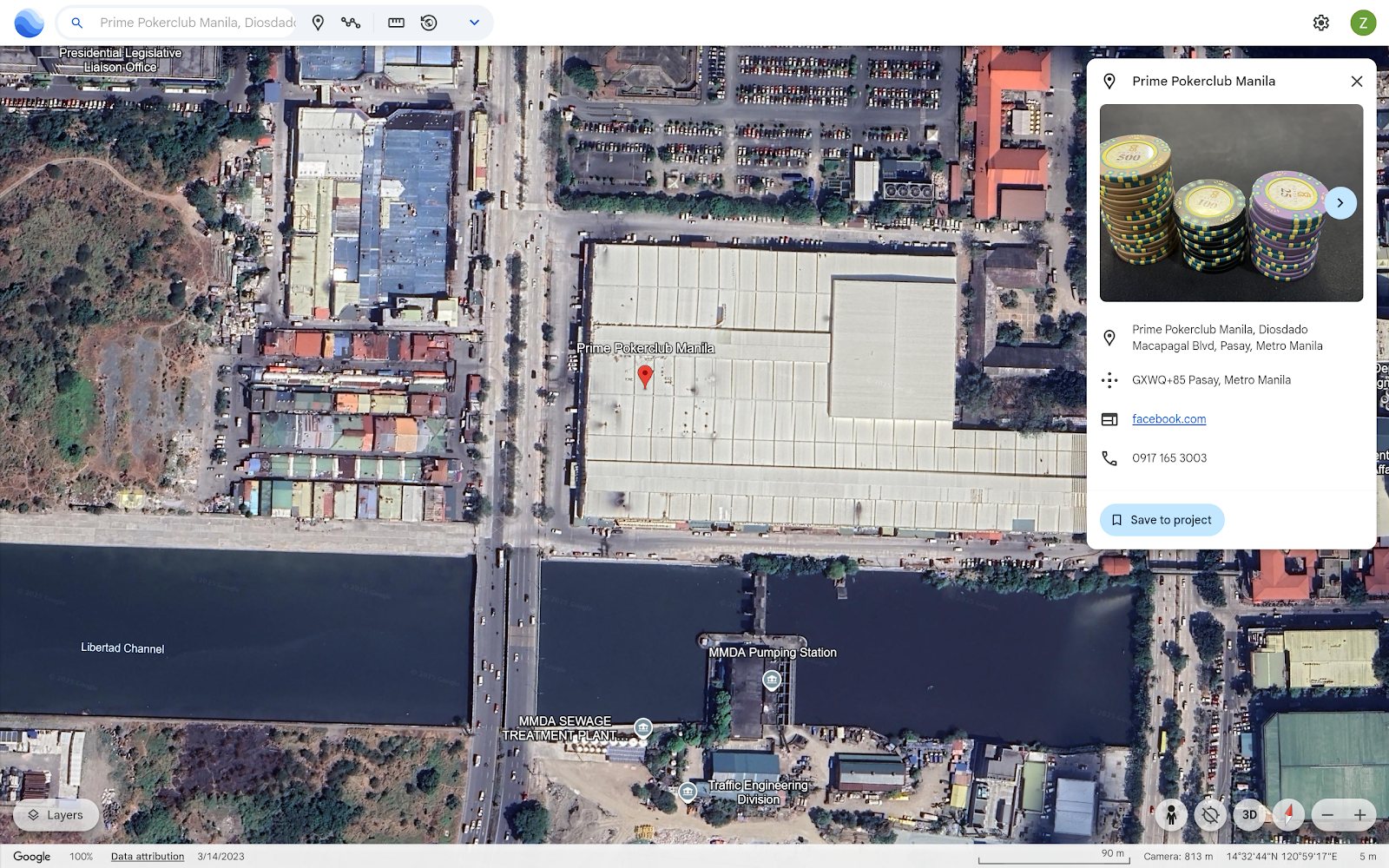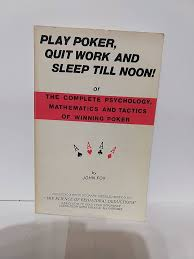Understanding Draws in No Limit Hold'em
I was playing .10/.25 NLHE about twenty years ago with a few friends. I had flopped an open ended straight draw, and called two large bets on the flop and turn. Of course I called. I had a draw. Calling is what you do with draws. Unfortunately, I did not hit it. Instead, the river paired the bottom pair, and in desperation I fired out a large bet, representing a stubborn bottom pair that had tripped up. My opponent, Jamie, didn't believe me and called without too much hesitation.
Fast forward twenty years. I'm playing a 25/50 game (albeit denominated in pesos, so in USD it would be more like $0.50/$1.00) and I open JcTc for 150 and get two callers. One is in position on me, and the other isn't.
The flop came ace high with two clubs, and I c-bet 225 into 450. The in position player flats, and the other guy folds. The turn is a brick, and I check fold to a 600 wager into a 900 pot.
Understanding the proper way to think about draws in NLHE is very important. And it is not something that most people do well in my opinion. The first thing you need to do is calculate the number of known and unknown cards. On the turn, we know six cards (the four community cards and our two hole cards). There are 52 cards in a deck, so 52 - 6 = 46. 46 unknown cards.
Here the math is pretty simple. We basically need a flush to win. A jack or a ten might be good (say if villain also has clubs), but that isn't something you can bank on with villain's range being pretty concentrated in a pair of aces. 9 river cards give us a flush, and 37 do not. We are not drawing to the nuts - and important fact - and there are two river cards that make us a flush but also put up a possible full house. We have no reason to think that villain is especially strong - although a set or two pair are possible - but his flop call definitely indicates that he has something, especially with the game dynamics / metagame that was in play at the time. Essentially, my table image was pretty tight, and villain didn't seem like an overly loose player.
37:9 is about 4:1 (technically 4.11:1).
The next step is to figure out our pot odds. In this example, we are getting exactly 2.5:1. So the gap between our pot odds and our chances of improving is 1.5:1, with the 1 in this case being the 600 peso turn bet.
In addition to pot odds, you can also factor in 'implied odds'. If we call and make a flush, villain might pay off a bet on the river. The pot is going to be 2100 on the river, so if he calls a 900 bet every time we make a flush, and we always win when we make a flush, then we are going to break even. But we won't always win when we make a flush. The chance of losing after we improve is probably pretty small but could be disastrous, especially if we are going to call a river raise (which we probably shouldn't vs this villain). We can lose either by villain making a higher flush, or by villain making a full house on one of the two board pairing clubs.
If we plan to bet large on the river when we improve, then we don't need to get called as often. If we bet 1800, then villain only has to call 50% of the time when we improve for us to break even.
Another factor going into our turn decision is that we are out of position. This is less than ideal. We would prefer to be in position. Then if villain checked, he would have to worry that his check induced a bet. Or if he is somehow bluffing the turn, he might fire another barrel when we improve. But out of position we are going to be forced to either donk out with a bet if we improve, or check and risk villain checking back, which he almost certainly would with top pair, his most likely holding. He might even check two pair or a set on a flush river. Live players are terrified of flushes, and with good reason, given the popularity of playing any two suited cards in these games.
We haven't even discussed villain's stack size, another important factor, but hopefully this discussion gives the reader some idea as to the general approach to evaluating draws in NLHE. Really, we have just touched the iceberg. And every draw and every spot vs different ranges or different pereceived ranges has its own complexities and idiosyncrasies. Ultimately, whether I had a profitable turn call or not with my jack high flush is not very important. What is important is developing an approach to evaluating draws and determining whether or not they are worth continuing with. And for analyzing them aftewards


Comments
Post a Comment